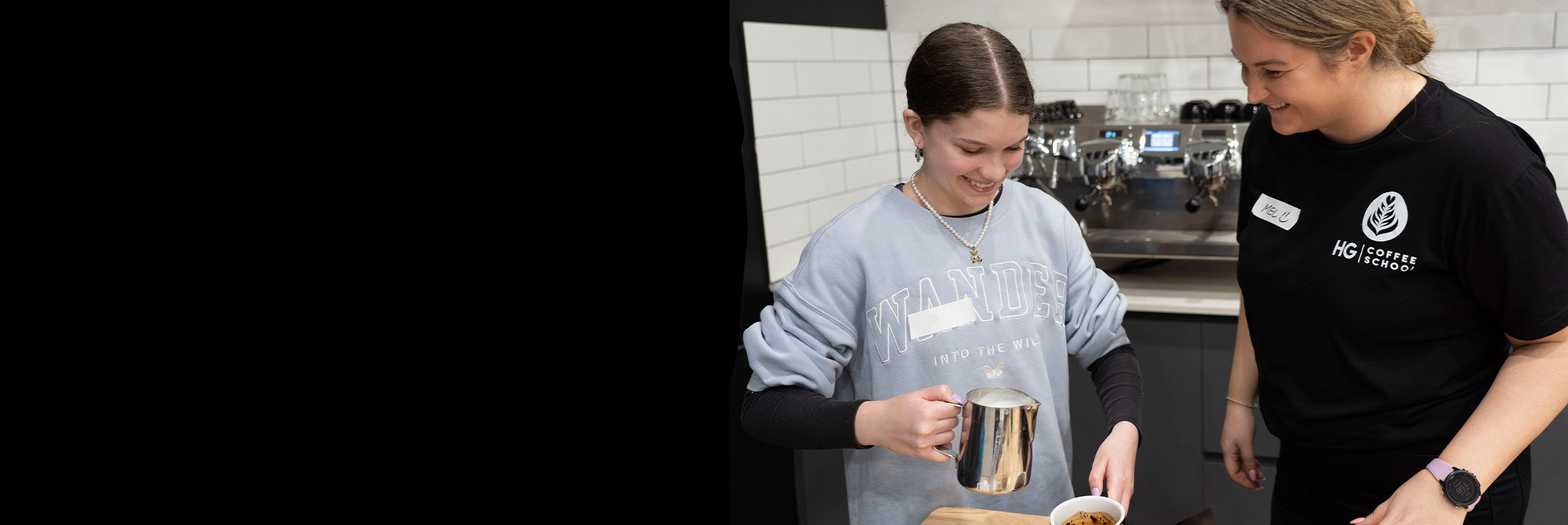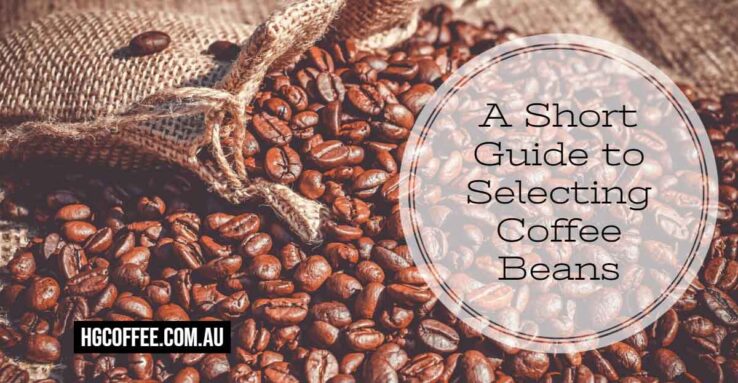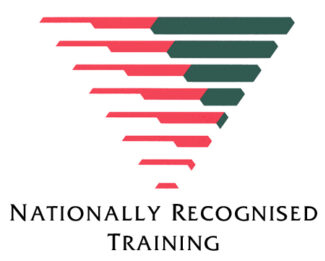A Short Guide to Selecting Coffee Beans
After water and tea, coffee is one of the most popular drinks… worldwide. There is an unbelievable number of people waking up each and every morning and heading out to their nearest café, whether it’s just another Starbucks or an authentic Italian cafe.
You probably already knew that. But did you know that there is so much choice when it comes to picking a coffee to drink? Not just latte or espresso, but a huge variety of beans, blends, brands and roasts that you’ve probably never heard of.
Table of Contents
ToggleCoffee Terms You Need to Know
When you’re purchasing coffee beans, these are the terms you’re going to come across. Knowing what they mean will steer you clear of the poor-quality beans and push you towards the premium flavours.
Roast time: the date that the coffee beans were roasted. The best coffee will have the most recent roast time. When you near 3 weeks since the coffee was roasted, it’s going to be stale and will go off much quicker.
Blend: a mix of different coffee beans in one packet. Single origins will just have 1 coffee bean. Generally, the single origins are better for milk-free beverages, while the blends are especially combined to create coffee that works very well in your latte, cappuccino etc.
Pre-ground: coffee that has been pre-ground. Avoid this! Even if you’re just making coffee at home, you can find a relatively inexpensive grinder to use so always buy coffee beans. You only want to grind the coffee moments before you make the coffee drink.
Arabica and Robusta: these are the 2 main types of coffee bean that you will see. Arabica is considered to be better than Robusta, as it is grown at higher altitudes and also has half the caffeine content as Robusta. Robusta beans are easier to grow at lower altitudes and contain a lot of caffeine, making them the bean of choice for lower quality brands.
Certification: there are many certifications that a coffee brand can have, from Fairtrade to Triple Certified. These indicate that the coffee growers and workers on the estate are treated fairly, and that the entire coffee bean growing process is verified and certified. If you’re buying for customers who want to know that their coffee is organic, or just want to make sure you can enjoy your morning cup of coffee without an ethical debate, this is something to look out for.
Eco-friendly: this isn’t the same as certified, it just means that the coffee is grown in a sustainable way that doesn’t damage the environment. The growers will use more traditional methods of growing and picking: some coffee experts believe this does alter the quality and taste of the resulting coffee.
Estate grown: coffee that is grown on a very specific estate. These are usually very specialist coffee beans and you’ll be able to find the estate name on the packet, rather than just the country of origin.
Grade: this is simply how high quality the bean is. A grades are the highest!
HB/SHB/SB: these figures refer to the altitude at which the bean is grown. HB is hard bean, grown at a high altitude (above 3000 feet) for example. SHB is strictly hard bean, and is grown above 4500 feet. Low altitudes are SB (soft beans) and are generally below 3000 feet.
The final important factor you want to look for when buying beans is the processing method. Most coffee will be labelled as natural/unwashed and washed. Washed coffee beans have been wet processed with their outer pulp removed and a period of fermentation to enhance the flavour. Natural coffee beans are simply left to dry with the outer pulp on – the sugars from the cherry will infuse and this creates much more fruity coffee flavours.
Coffee From Around The World
It’s not just the type of coffee bean that’s grown that will determine the flavour, the environment and climate also play a large part.
South and Central America
- Includes Mexico, Colombia, Brazil and Costa Rica.
- Sugary and sweet; cocoa from Mexico, nut flavours from Brazil and caramel from Colombia!
Asia
- Includes Indonesia and India.
- Earthy tones and heavy bodies.
Pacific Ocean
- Includes Sumatra, Kona (Hawaii) and Java.
- Rich, smoky and often a hint of spice amongst fruity flavours.
Africa
- Includes Kenya, Ethiopia and Rwanda.
- Very fruity and juicy, bursting with energy and bright flavours.
Using these very simplified descriptions of coffee beans from each area, you can start to explore the different beans and pick fantastic blends.
What to Avoid
As a short recap, here is a list of things to avoid at all costs!
- No clear roast date.
- Roast date over several weeks ago. (Anything beyond 5 weeks from roast isn’t optimal)
- Pre-ground coffee.
- No clear country/estate of origin.
- Broken or damaged packaging.
You can usually purchase quite small amounts of coffee, so we definitely encourage you to try some coffees for yourself and get to know the different flavour profiles from each area of the world before buying in bulk. If you need some help learning how to grind, brew/extract and serve these different coffees, check out the articles on our blog or get in touch to sign up for our coffee courses.



